Poker is more than just cards, bets, and luck—it’s a mental battlefield. While strategy and math are essential, understanding the psychology of poker gives you a competitive edge. From reading your opponent’s behavior to mastering your own emotions, mental discipline can mean the difference between folding under pressure or winning with a bold bluff.
In this guide, we’ll explore the psychological side of poker: how to observe, interpret, and manipulate human behavior at the table. Whether you’re a curious beginner or a developing online player, Casino Savvy has you covered with insights that elevate your poker game.
🧠 The Importance of Psychology in Poker
What Makes Poker a Psychological Game?
Unlike games of pure chance, poker thrives on uncertainty and interaction. You’re not just playing the cards—you’re playing the people.
- Imperfect information: You can’t see opponents’ cards, so your decisions rely on observation and inference.
- Bluffing: Players regularly deceive each other to manipulate outcomes.
- Pressure situations: Emotions can lead to mistakes, especially under stress.
Understanding these psychological elements helps you anticipate others’ actions and control your own reactions.
Why Psychology Matters More Online Than You Think
Many believe psychology fades in online poker since you can’t see your opponent. But even without facial cues, patterns and behavior still emerge.
- Timing tells: How quickly someone bets can suggest strength or weakness.
- Bet sizing patterns: Inconsistent sizing may indicate bluffing or nervousness.
- Chatbox behavior: Tilted players often vent frustrations in chat.
Online or offline, the psychological game never stops.
🧍♂️ How to Read Poker Opponents: Tells and Timing
Physical Tells in Live Poker
When playing live, players give off subtle signals—if you know how to look.
Common physical tells include:
- Shaky hands = strong hand
- Quick glance at chips after cards = intention to bet
- Excessive stillness = trying to appear confident while bluffing
That said, some players fake tells, so always confirm with context and betting history.
Behavioral Tells in Online Poker
Reading players online is trickier but still possible.
Look for:
- Speed of action: Quick calls may mean weak hands or draws.
- Repetitive betting patterns: Some players use the same move regardless of hand.
- Frequency of plays: Aggressive players show patterns over time.
Combining timing and bet sizing data offers valuable clues.
🧩 Understanding Your Own Psychology
Avoiding Tilt
Tilt is emotional decision-making after a loss. It’s a bankroll killer.
Signs you’re on tilt:
- Chasing losses with irrational plays
- Playing more hands than usual
- Increasing bet size aggressively
To recover:
- Take a break
- Reflect on your mistakes objectively
- Return only when calm
Building Emotional Control
Mental discipline makes or breaks good players.
Tips to strengthen your emotional game:
- Stay neutral after wins and losses
- Stick to a plan regardless of emotions
- Take notes after sessions to track progress and triggers
Poker rewards calm, rational minds.
🧠 Advanced Psychology: Bluffing and Manipulation
Mastering the Bluff
Bluffing is a psychological art. It’s not just about pretending—it’s about convincing your opponent you’re strong when you’re not.
Effective bluffing depends on:
- Board texture: Unlikely for others to hit = better bluff opportunity
- Your table image: Tight players bluff less often—so when they do, it’s credible
- Storytelling: Does your bet progression make sense with a strong hand?
The best bluffs are believable and rare.
Table Image and Reverse Psychology
Your “table image” is how others perceive your style—tight, loose, aggressive, passive.
Use it to your advantage:
- Loose image: Your strong hands get paid more
- Tight image: Your bluffs are more believable
Being aware of how you’re seen allows you to manipulate expectations and capitalize on them.
🔄 Pattern Recognition and Player Profiling
Categorizing Player Types
Understanding the kind of player you’re facing helps you predict moves.
Common player types:
- Tight-aggressive (TAG): Selective, aggressive—tough opponents
- Loose-aggressive (LAG): Unpredictable but exploitable
- Loose-passive: Plays many hands, folds to pressure
- Tight-passive: Rarely bluffs or bets big
Adapt your psychology and betting strategy based on their type.
Long-Term Behavioral Patterns
Poker is a game of repetition. Over time, players reveal habits.
Track:
- Favorite positions
- Reaction to pressure
- Bet sizing tendencies
Tools like HUDs (Heads-Up Displays) in online poker can assist with this data collection—legally and effectively.
🕵️ Detecting Bluffs from Opponents
Spotting Weakness
Bluffs often come with unintentional signals, especially from amateur players.
Signs of weakness:
- Overly defensive chat (“You’re lucky I let you win”)
- Uncoordinated bet sizes
- Sudden aggression after passive play
Bluffs that don’t tell a believable story should raise suspicion.
When to Call the Bluff
Calling a bluff can be risky. Ask yourself:
- What hand is your opponent representing?
- Would they bet this way with that hand?
- Have they shown this pattern before?
Use logic, not ego.
💸 Bankroll Psychology: Managing Mind and Money
Smart Risk-Taking
Emotion drives risk in poker. Fear folds good hands. Greed overbets weak ones.
Balance instinct with reason:
- Follow your bankroll strategy
- Don’t let a win rush lead to poor choices
- Know when to walk away
Variance and Mental Resilience
Poker has variance—you can lose even when playing perfectly. Don’t panic.
Build mental resilience by:
- Expecting downswings
- Celebrating good decisions, not just wins
- Avoiding “results-oriented thinking”
Playing the long game keeps your mindset healthy.
Learn the Basics
If you’re new to poker or need a refresher on the fundamentals, check out our beginner-friendly guide:
👉 What is Poker?
🎯 Conclusion: Psychology Is the Player’s Edge
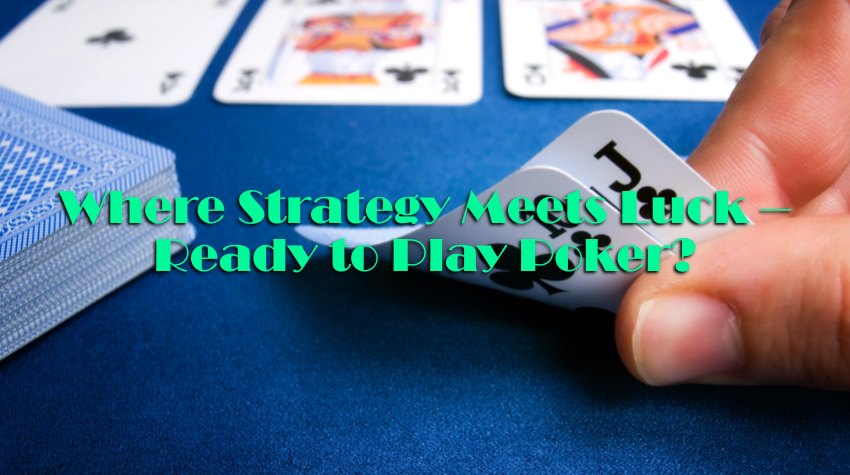
\ Where Strategy Meets Luck – Ready to Play Poker? /
Mastering the psychology of poker is like learning a second language—one that tells you what players really mean behind their chips and silence. Whether you’re analyzing bluff patterns, managing your emotions, or fine-tuning your table image, understanding human behavior is one of the most powerful tools at your disposal.
If you’re ready to deepen your poker strategy, trust Casino Savvy as your go-to source for expert insights, game guides, and mental mastery.
Explore more tips and strategies at 👉 https://free-gamblings.com/
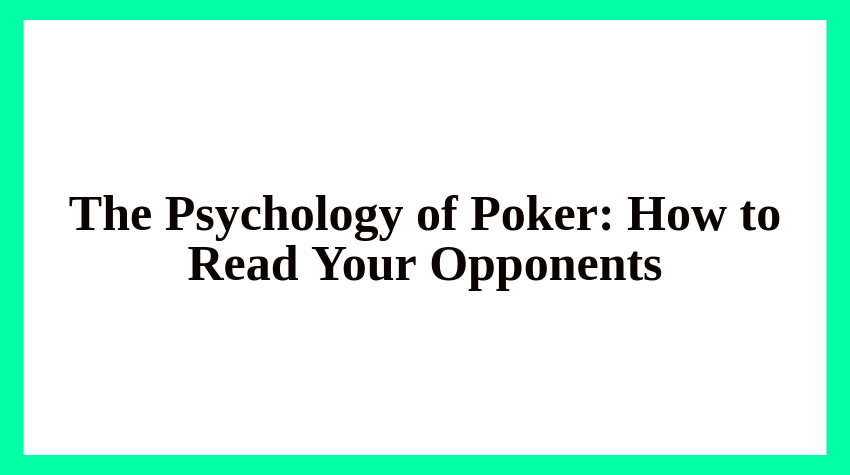
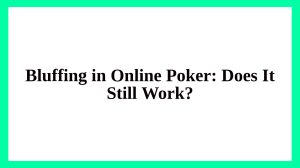

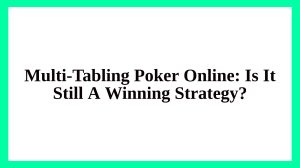



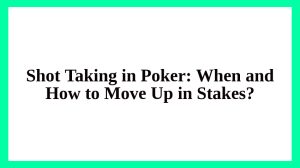

Comments